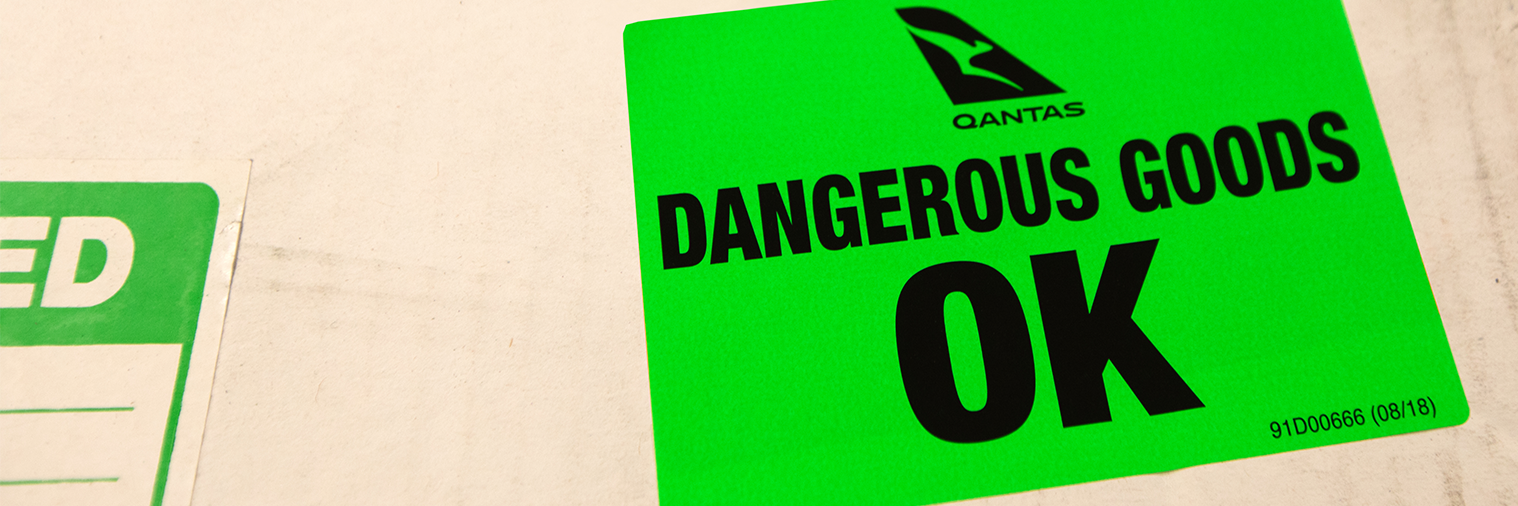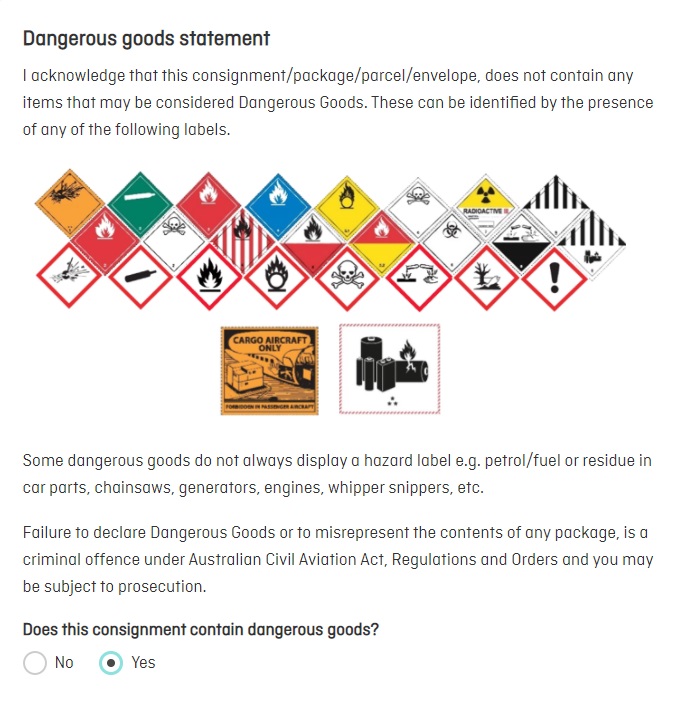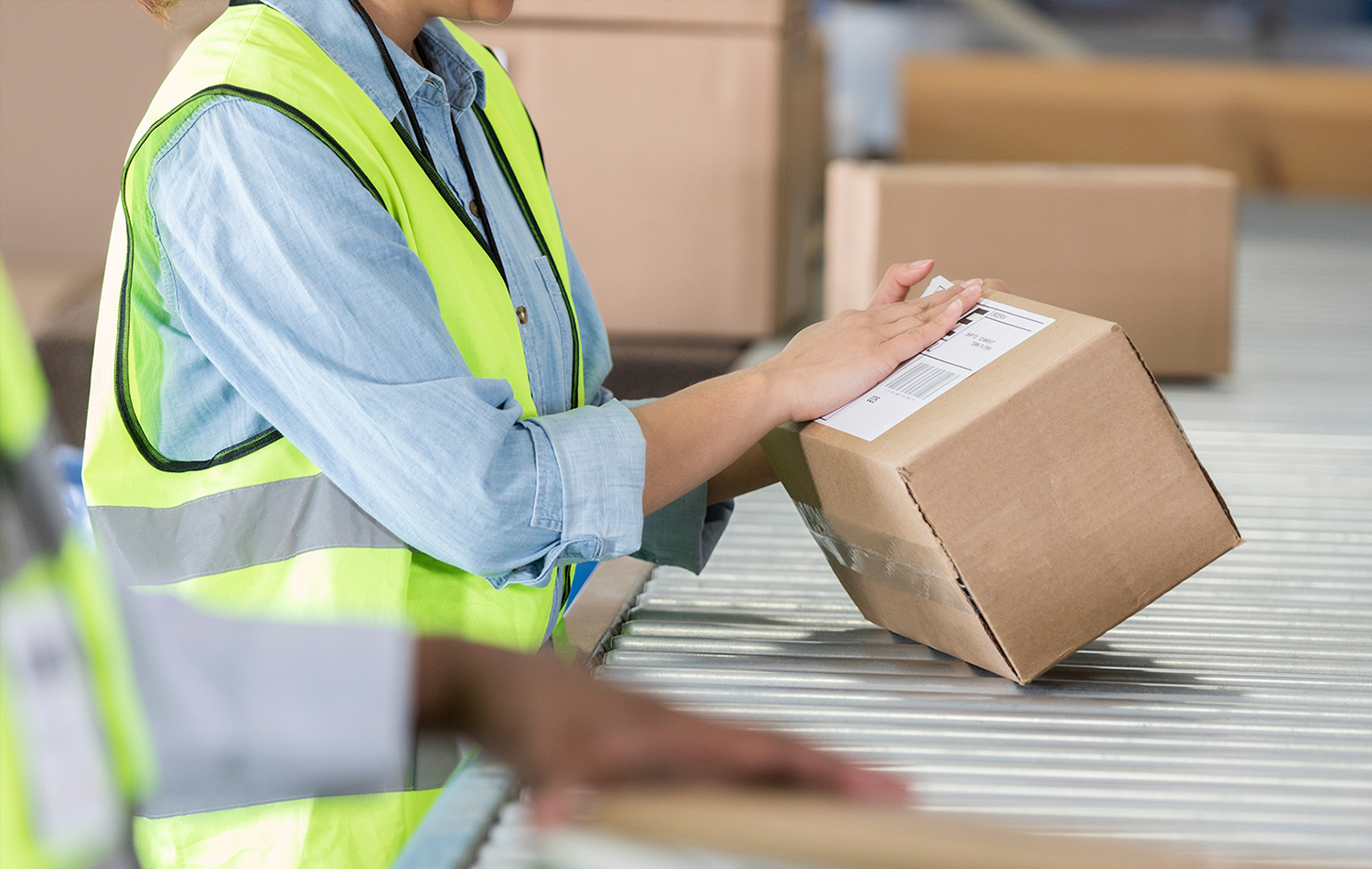At Qantas, safety is our first priority.
Our aim is to move shipments classified as dangerous goods as carefully and smoothly as possible, while safeguarding against any potential hazards to our staff, our aircraft and other cargo. Additional precautions need to be taken with shipments that may be corrosive, flammable, explosive, oxidising or reactive with water. Whatever their properties, great care is needed when handling, storing and transporting dangerous goods.
Some items used in day-to-day activities around the home, office or workshop, may appear of no real concern, however, are actually classified as Dangerous Goods when carried by Post or Air transport. Please check with your transport agency before simply sending such goods on their way.
Australia has adopted a system of classification and labelling for dangerous goods - from 1 to 9 - which can help quickly idenfity the properties and potential dangers:


